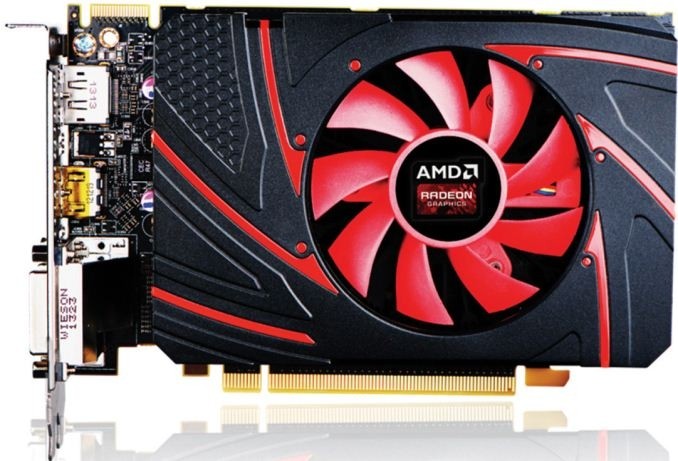Two days ago we got a first glimpse at AMD's entry-level Radeon R7 250X graphics card, designed to slot between the R7 250 and R7 260, and today the company has officially launched it. The card is essentially a re-brand of the Radeon HD 7770 at a new price point of $99, so its specifications shouldn't be too exciting.

The 'Cape Verde' GCN 1.0 GPU packs 640 stream processors, 40 texture units, 16 ROPs and a core clock of 1000 MHz. Memory-wise we're looking at either 1 or 2 GB of GDDR5 running at an effective clock speed of 4.5 GHz on a 128-bit bus. Unlike it's smaller brother, the Radeon R7 250, the 250X consumes up to 95W of power and so requires power input through a PCIe port.
We've heard reports that the R7 250X performs identically to the two-year-old HD 7770, so for a look at the GPU's performance, check out the review we posted at the card's launch. As this card is based on the GCN architecture, Mantle is supported, however TrueAudio is not.
The R7 250X occupies an interesting price point, coming in at the same price as the Nvidia GeForce GTX 650 but performing significantly better. For $10 less you can pick up the R7 250, which is quite a bit slower than the 250X, or for $20-40 more you can grab the R7 260, R7 260X or GeForce GTX 650 Ti.
AMD says the Radeon R7 250X should be available from retailers today, and board partners will already have custom-designed coolers ready to go.
https://www.techspot.com/news/55611-amd-officially-announces-the-radeon-r7-250x-available-today.html